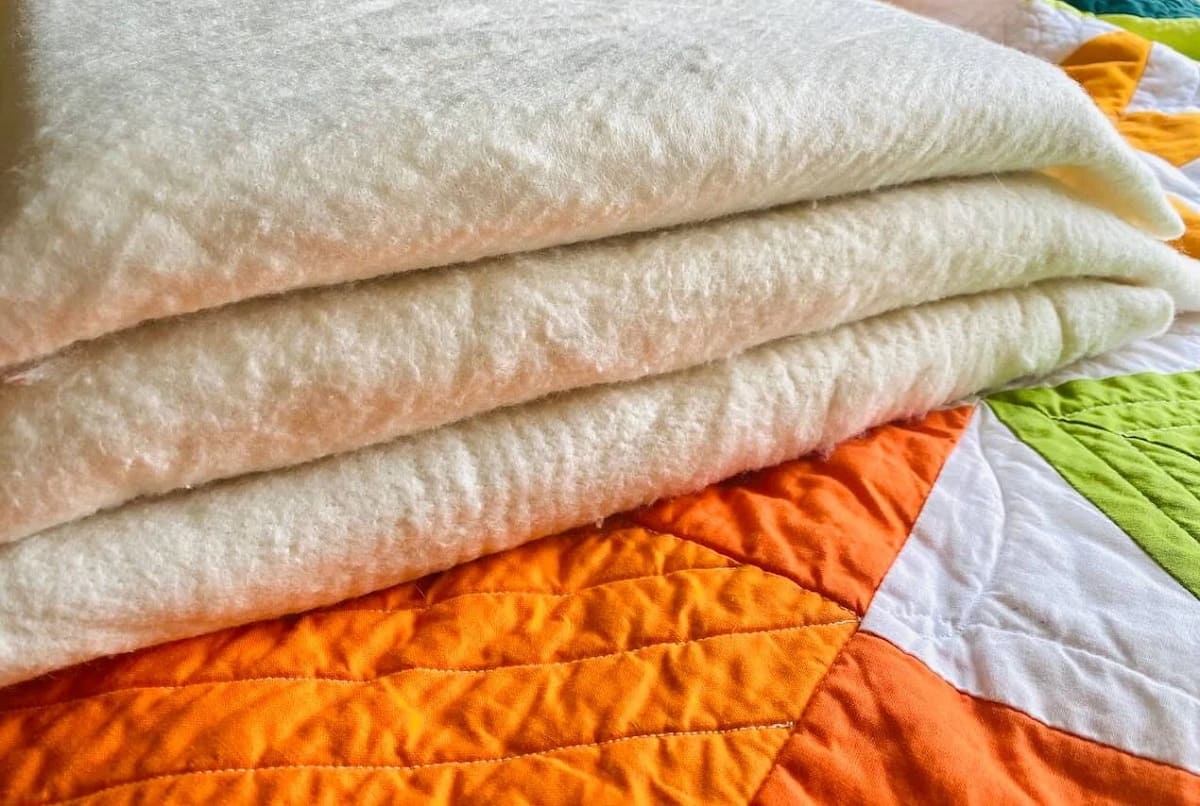

Articles
What Batting To Use For A Baby Quilt
Modified: December 7, 2023
Discover the perfect batting options for your baby quilt with our informative articles. Explore different materials and thickness levels to create a cozy and safe quilt for your little one.
(Many of the links in this article redirect to a specific reviewed product. Your purchase of these products through affiliate links helps to generate commission for Storables.com, at no extra cost. Learn more)
Introduction
When it comes to creating a cozy and comfortable baby quilt, choosing the right batting is crucial. The batting, or the middle layer of the quilt, plays a significant role in providing warmth, softness, and durability. With so many options available in the market, it can be overwhelming to decide which batting is best suited for a baby quilt. This article aims to guide you through the process of choosing the perfect batting for your little one’s quilt.
The ideal batting for a baby quilt should be soft, breathable, and hypoallergenic. It should be able to provide warmth without causing overheating, and it should also be easily washable. Additionally, the batting should be durable enough to withstand regular use and the occasional washing.
There are several types of batting materials commonly used for baby quilts, each with its own set of characteristics and benefits. The most common types include cotton, polyester, wool, bamboo, and blend battings. Let’s explore each of these options in more detail.
Key Takeaways:
- Choose cotton batting for a soft, breathable, and easy-to-maintain baby quilt. Its natural fibers provide warmth without overheating, ensuring a cozy and safe sleeping environment for your little one.
- Opt for blend batting to enjoy the best of both natural and synthetic fibers. It offers a balanced combination of softness, durability, and ease of care, creating a versatile and practical option for your baby quilt project.
Read more: What Is The Best Batting For A Quilt
Choosing the batting for a baby quilt
When selecting the batting for a baby quilt, there are a few factors to consider. The first is the warmth and insulation provided by the batting. You want your baby to stay cozy and comfortable, so opt for batting that offers good insulation without being too heavy.
Another important factor to consider is the breathability of the batting. Babies have delicate skin, and proper airflow is crucial to prevent overheating and regulate body temperature. Look for battings that allow air to circulate freely, such as cotton or bamboo battings.
Hypoallergenic properties are also vital when choosing batting for a baby quilt. Babies have sensitive skin and may be prone to allergies or skin irritations. It is best to choose batting made from natural fibers like cotton, bamboo, or wool, as they are typically hypoallergenic and gentle on the skin.
Next, consider the level of softness and comfort provided by the batting. Babies will spend a lot of time snuggled up against the quilt, so you want the batting to be soft and cozy. Cotton and bamboo battings are known for their softness, while wool batting provides excellent loft and cushioning.
Furthermore, durability is an essential factor to keep in mind. Baby quilts are likely to go through regular laundering, so choose a batting that can withstand frequent washing without losing its shape or becoming lumpy. Polyester and blend battings often offer good durability and shape retention.
Lastly, consider the ease of maintenance. Baby quilts are bound to get dirty, so it’s important to choose a batting that is easy to clean. Cotton and bamboo battings are typically machine washable, making them convenient options for baby quilts. Wool batting may require special care, such as hand washing or dry cleaning.
By considering these factors, you can select the batting that best meets the needs of your baby quilt. Now let’s take a closer look at some popular types of batting for baby quilts.
Cotton batting
Cotton batting is a popular choice for baby quilts due to its softness, breathability, and hypoallergenic properties. It is made from natural fibers, which make it gentle and safe for a baby’s delicate skin. Cotton batting provides excellent insulation while allowing air to circulate, keeping the baby comfortable without overheating.
One of the advantages of using cotton batting is its soft and plush feel. The quilt will have a lovely drape and a cozy texture, making it perfect for snuggling up with. Additionally, cotton batting is easy to work with as it can be machine washed and dried, making it convenient for busy parents.
When selecting cotton batting for a baby quilt, consider the loft and weight of the batting. Loft refers to the thickness and fluffiness of the batting. A low loft batting is thinner and more lightweight, while a high loft batting is thicker and provides more warmth. For baby quilts, a medium or low loft cotton batting is generally preferred, as it strikes a balance between warmth and breathability.
It is important to note that cotton batting may shrink when washed and quilted. Pre-washing the batting before using it can help minimize this shrinkage. Additionally, cotton batting tends to crease and may need to be gently hand or machine pressed to remove any wrinkles.
In summary, cotton batting is an excellent choice for baby quilts, thanks to its softness, breathability, and hypoallergenic properties. It offers warmth without overheating and is easy to clean and maintain. Its natural fibers make it safe and gentle for a baby’s sensitive skin, ensuring a cozy and comfortable quilt.
Polyester batting
Polyester batting is another popular option for baby quilts due to its affordability, durability, and ease of maintenance. Made from synthetic fibers, polyester batting offers excellent loft and insulation, providing warmth without being too heavy.
One of the advantages of using polyester batting is its resilience and ability to retain its shape. It is more resistant to creasing and wrinkling compared to other types of batting. This makes polyester batting a great choice for baby quilts that will be used and washed frequently.
Polyester batting is known for its quick drying time, making it convenient for busy parents. It can be machine washed and dried without worrying about shrinkage or loss of shape. This makes it a practical option for baby quilts that require regular cleaning.
In terms of softness, polyester batting provides a smooth and even surface. While it may not be as soft or natural as cotton or wool batting, it still offers comfort and coziness. Additionally, polyester batting is hypoallergenic and suitable for babies with sensitive skin.
When selecting polyester batting for a baby quilt, consider the loft and weight of the batting. Polyester batting comes in a range of lofts, from low to high. For a baby quilt, it is best to choose a medium or low loft polyester batting to provide warmth and insulation without overwhelming the baby.
Overall, polyester batting is a practical and budget-friendly option for baby quilts. Its durability, ease of maintenance, and hypoallergenic properties make it a suitable choice for parents looking for a fuss-free option. While it may not have the natural feel of other battings, polyester batting ensures a cozy and functional baby quilt.
Wool batting
Wool batting is a luxurious and premium option for baby quilts. It offers exceptional loft, warmth, and breathability, making it a popular choice for those seeking the ultimate comfort for their little ones. Wool batting is made from natural fibers obtained from sheep, making it soft, natural, and environmentally-friendly.
One of the key advantages of using wool batting is its excellent insulation properties. Wool has the unique ability to regulate body temperature, making it ideal for keeping the baby warm in colder months and cool in warmer months. Wool batting provides a cozy and comfortable sleeping environment for babies without causing overheating.
Wool batting also offers superior loft, which gives the quilt a plush and fluffy appearance. This loftiness provides extra cushioning and comfort for the baby. Furthermore, wool batting is known for its natural resilience, meaning it retains its shape and loft even after repeated use or cleaning.
In addition to its warmth and loft, wool batting is also naturally breathable. Wool fibers have tiny air pockets that allow proper airflow, preventing moisture build-up and ensuring a dry and comfortable quilt for the baby. This breathability also helps to regulate body temperature, reducing the risk of overheating.
Despite its many benefits, it is essential to note that wool batting requires special care. It is recommended to hand wash or use a delicate cycle with cold water to prevent shrinkage. Wool batting should also be dried flat or with gentle air drying to maintain its shape. While it may require a bit more attention during cleaning, the comfort and quality of wool batting make it worth the extra effort.
Overall, wool batting is a luxurious and high-quality choice for baby quilts. Its excellent insulation, loft, and breathability provide the utmost comfort for the baby, ensuring a restful sleep. While it may require special care, wool batting is a natural and eco-friendly option that will undoubtedly create a beautiful and cozy baby quilt.
Use a soft and lightweight batting like cotton or bamboo for a baby quilt. Avoid wool or polyester which can be too heavy or warm for a baby.
Read more: How To Assemble A Quilt With Batting
Bamboo batting
Bamboo batting is an eco-friendly and sustainable option for baby quilts. Made from the fibers of the bamboo plant, this batting offers a unique combination of softness, breathability, and hypoallergenic properties. It is becoming increasingly popular among quilters who prioritize environmentally conscious choices.
One of the notable advantages of bamboo batting is its silky and luxurious feel. It offers a smooth and soft surface that is gentle against a baby’s delicate skin. The natural sheen of bamboo fibers adds an elegant touch to the quilt, making it visually appealing.
Bamboo batting is highly breathable, allowing air to circulate freely. This breathability helps regulate the baby’s body temperature, preventing overheating and ensuring a comfortable sleep. Bamboo fibers have natural moisture-wicking properties, making bamboo batting suitable for warm weather or babies who tend to sweat.
Another remarkable characteristic of bamboo batting is its hypoallergenic nature. Bamboo fibers are naturally resistant to dust mites, mold, and mildew, making it an excellent choice for babies with allergies or sensitive skin. The hypoallergenic properties of bamboo batting contribute to a safe and healthy sleeping environment.
Bamboo batting is also known for its durability and ease of care. It can be machine washed and dried, making it convenient for busy parents. Bamboo fibers have inherent strength, which allows the batting to maintain its shape and loft even after repeated washings.
When selecting bamboo batting for a baby quilt, consider the weight and loft of the batting. Bamboo batting is available in various weights, ranging from lightweight to heavyweight. For a baby quilt, a medium-weight bamboo batting is commonly recommended, as it provides both warmth and breathability.
In summary, bamboo batting is a sustainable and eco-friendly choice for baby quilts. Its softness, breathability, and hypoallergenic properties make it an excellent option for creating a comfortable and safe sleeping environment for the baby. With its durability and ease of care, bamboo batting is a practical and environmentally conscious choice for your baby quilt project.
Blend batting
Blend batting, as the name suggests, is a combination of different fibers, typically a blend of natural and synthetic materials. This type of batting incorporates the best qualities of each fiber to create a versatile and practical option for baby quilts.
One of the advantages of using blend batting is its ability to offer a balance of softness, durability, and ease of care. The combination of natural and synthetic fibers provides a soft and comfortable feel while ensuring the batting maintains its shape and structure over time. This makes blend batting suitable for baby quilts that will receive regular use and laundering.
Blend batting often combines natural fibers like cotton, wool, or bamboo with synthetic fibers like polyester or rayon. This combination allows the quilt to benefit from the breathability and hypoallergenic properties of natural fibers, as well as the resilience and ease of maintenance provided by synthetic fibers.
With blend batting, you can enjoy the benefits of multiple fiber types in one product. For example, the cotton component can provide softness and breathability, while the polyester component adds durability and shape retention. The blend of fibers results in a batting that is warm, comfortable, and easy to care for.
When selecting blend batting, consider the ratio and composition of the fibers. Different blends will have varying percentages of natural and synthetic fibers. Some blends may lean more towards natural fibers, while others may have a higher proportion of synthetic fibers. Choose a blend that aligns with your preferences in terms of softness, breathability, and durability.
Overall, blend batting offers a versatile and practical option for baby quilts. It combines the benefits of both natural and synthetic fibers to create a batting that is soft, durable, and easy to care for. Whether you prioritize softness, breathability, or longevity, blend batting provides a balanced solution for your baby quilt project.
Considerations for choosing batting for a baby quilt
When choosing the batting for a baby quilt, there are several important considerations to keep in mind. Each factor plays a role in creating a quilt that is not only cozy and comfortable but also safe and suitable for your little one. Here are some key considerations to take into account:
- Warmth and insulation: Look for batting that provides adequate warmth without causing the baby to overheat. A baby quilt should offer a comfortable and cozy environment, so consider the climate and the baby’s personal preferences when selecting the level of warmth the batting provides.
- Breathability: Babies have delicate skin, and proper airflow is essential to prevent overheating and regulate body temperature. Choose a batting that allows air to circulate through the quilt, such as cotton or bamboo, to ensure a breathable and comfortable sleeping environment.
- Hypoallergenic properties: Baby skin can be sensitive, so it’s important to choose batting that is hypoallergenic and gentle on the skin. Natural fibers like cotton, bamboo, or wool are often hypoallergenic options that minimize the risk of allergic reactions or skin irritations.
- Softness and comfort: Babies spend a lot of time snuggled up against their quilts, so it’s important to choose batting that provides a soft and cozy surface. Consider the plushness and texture of the batting material to ensure maximum comfort for your little one.
- Durability: Baby quilts are likely to go through regular use and laundering, so choose batting that can withstand frequent washing without losing its shape or becoming lumpy. Polyester and blend battings often offer good durability and shape retention.
- Ease of maintenance: Baby quilts are bound to get dirty, so it’s essential to choose batting that is easy to clean and maintain. Cotton and bamboo battings are typically machine washable, making them convenient options for parents. Wool batting may require special care, such as hand washing or dry cleaning.
Take the time to carefully consider these factors when choosing the batting for your baby quilt. Each consideration ensures that the quilt provides an optimal sleeping environment: warm, comfortable, safe, and easy to care for. By considering these factors, you can create a baby quilt that will keep your little one snug and happy.
Conclusion
Choosing the right batting for a baby quilt is essential to creating a cozy, comfortable, and safe sleeping environment for your little one. By considering factors such as warmth, breathability, hypoallergenic properties, softness, durability, and ease of maintenance, you can make an informed decision that meets your baby’s needs.
Several types of batting are suitable for baby quilts, including cotton, polyester, wool, bamboo, and blend battings. Each type has its own set of characteristics and benefits. Cotton batting offers softness and breathability, while polyester batting provides durability and ease of care. Wool batting offers excellent insulation and natural breathability, and bamboo batting is eco-friendly with a silky feel. Blend batting combines the advantages of different fibers to create a versatile option.
When selecting batting, it is important to consider the specific requirements of your baby quilt. Consider the climate, the baby’s sensitivities, and your desired level of softness, warmth, and breathability. Choose batting that is hypoallergenic, easy to maintain, and durable enough to withstand regular use and washing.
In conclusion, the right choice of batting can transform a simple quilt into a comforting and snuggly haven for your baby. Take the time to explore the different types of batting available and weigh the benefits and considerations for each. Ultimately, with the perfect batting, you can create a beautiful and functional baby quilt that will provide warmth, comfort, and security for your little one.
Frequently Asked Questions about What Batting To Use For A Baby Quilt
Was this page helpful?
At Storables.com, we guarantee accurate and reliable information. Our content, validated by Expert Board Contributors, is crafted following stringent Editorial Policies. We're committed to providing you with well-researched, expert-backed insights for all your informational needs.
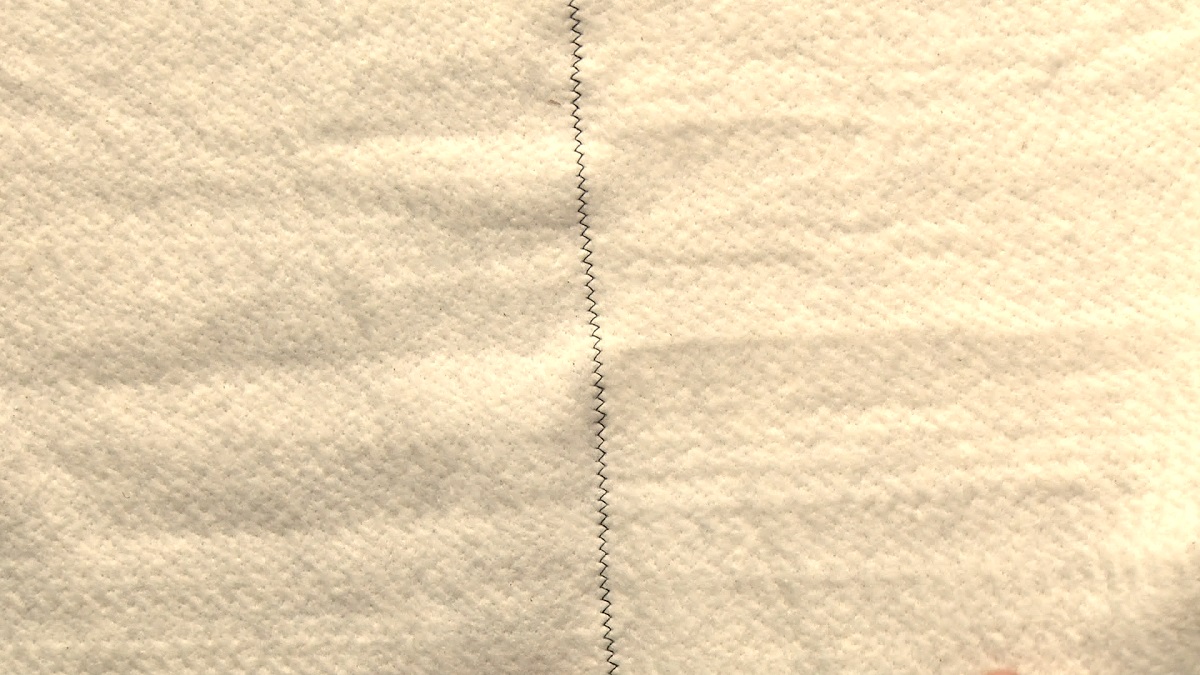
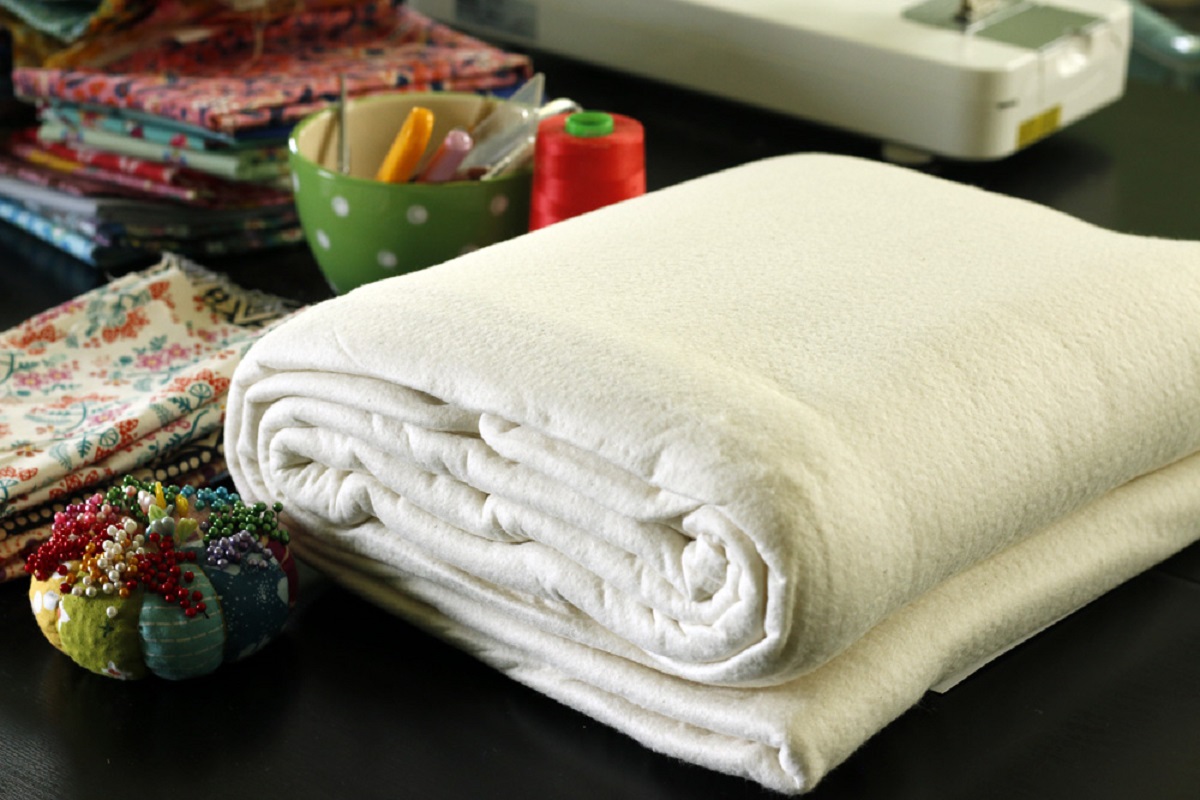
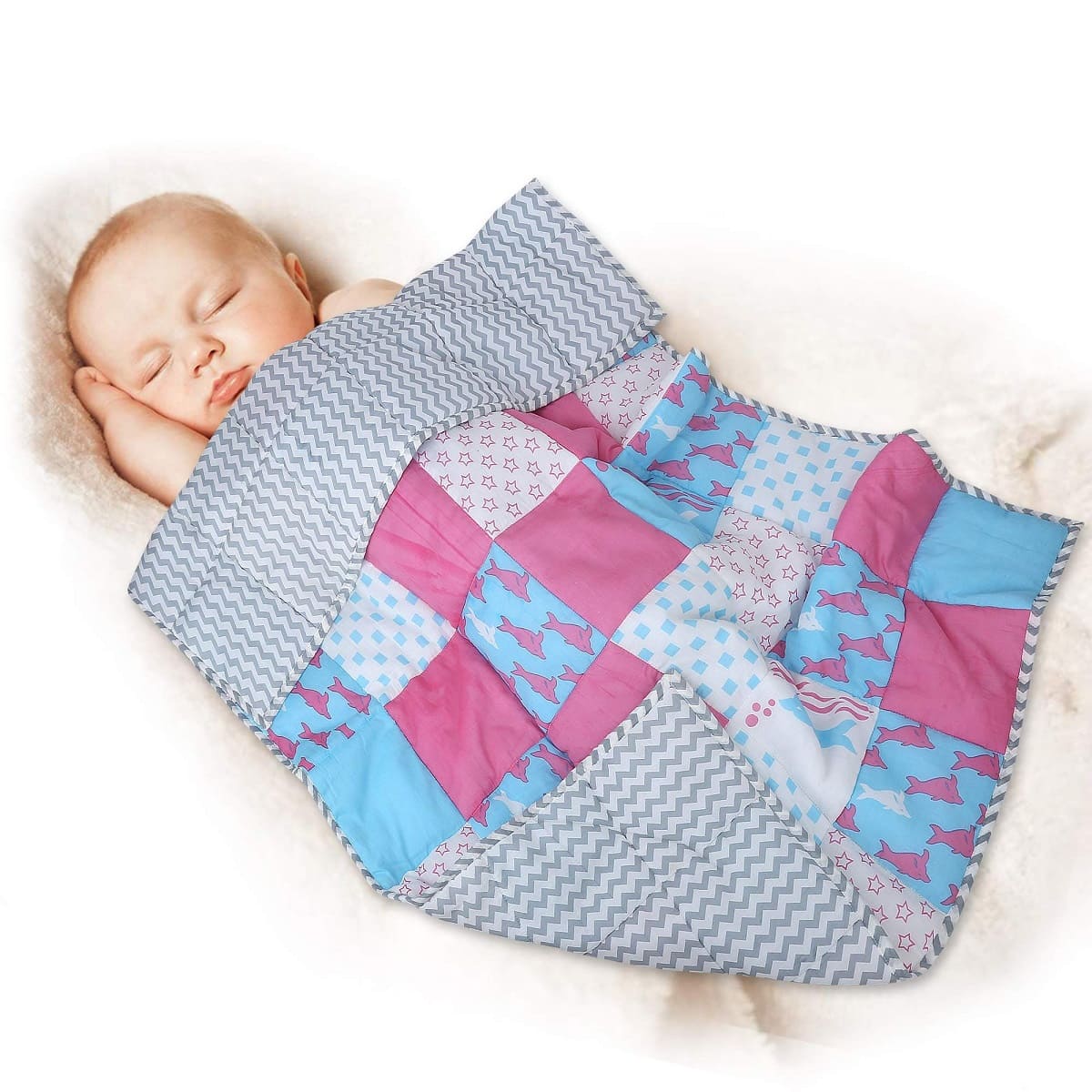
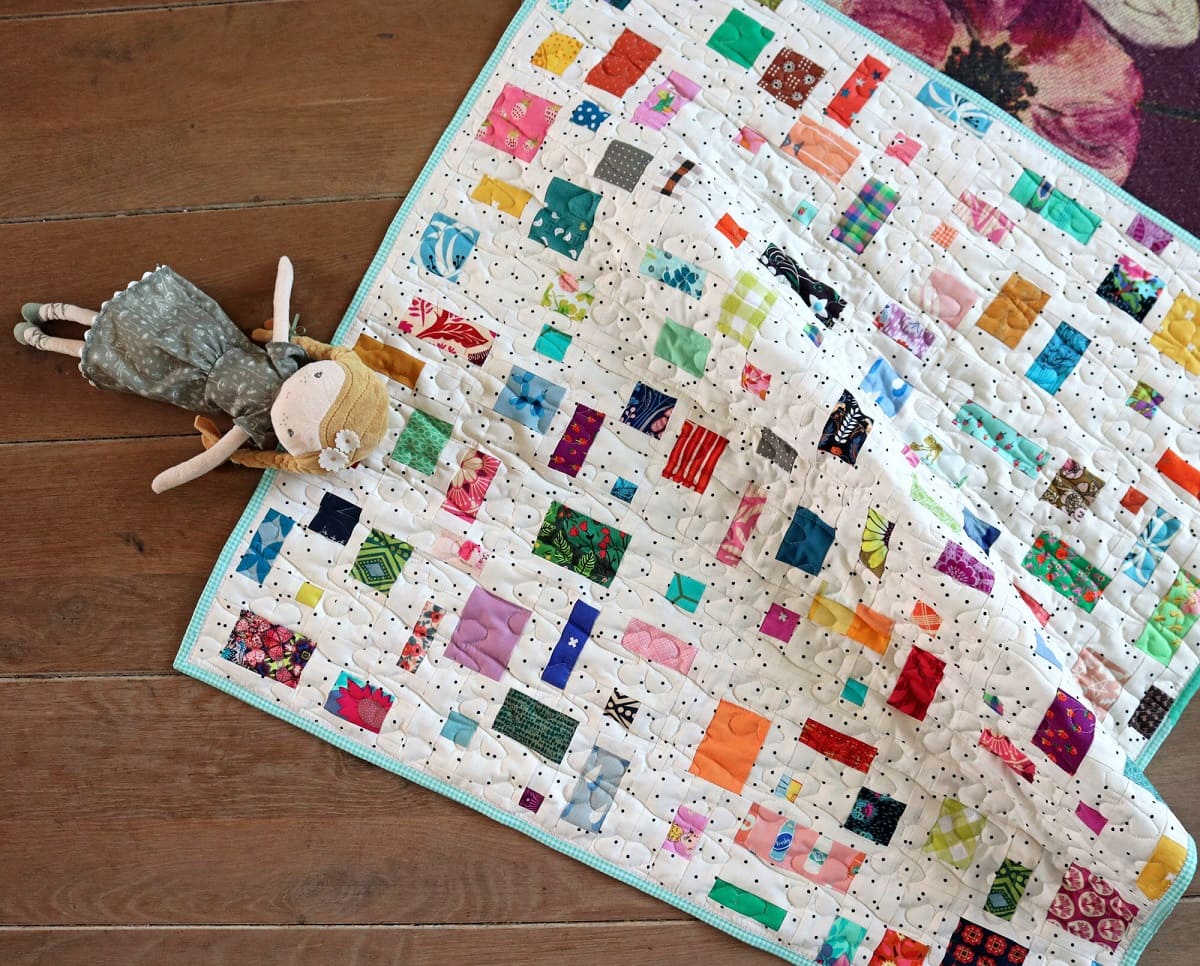
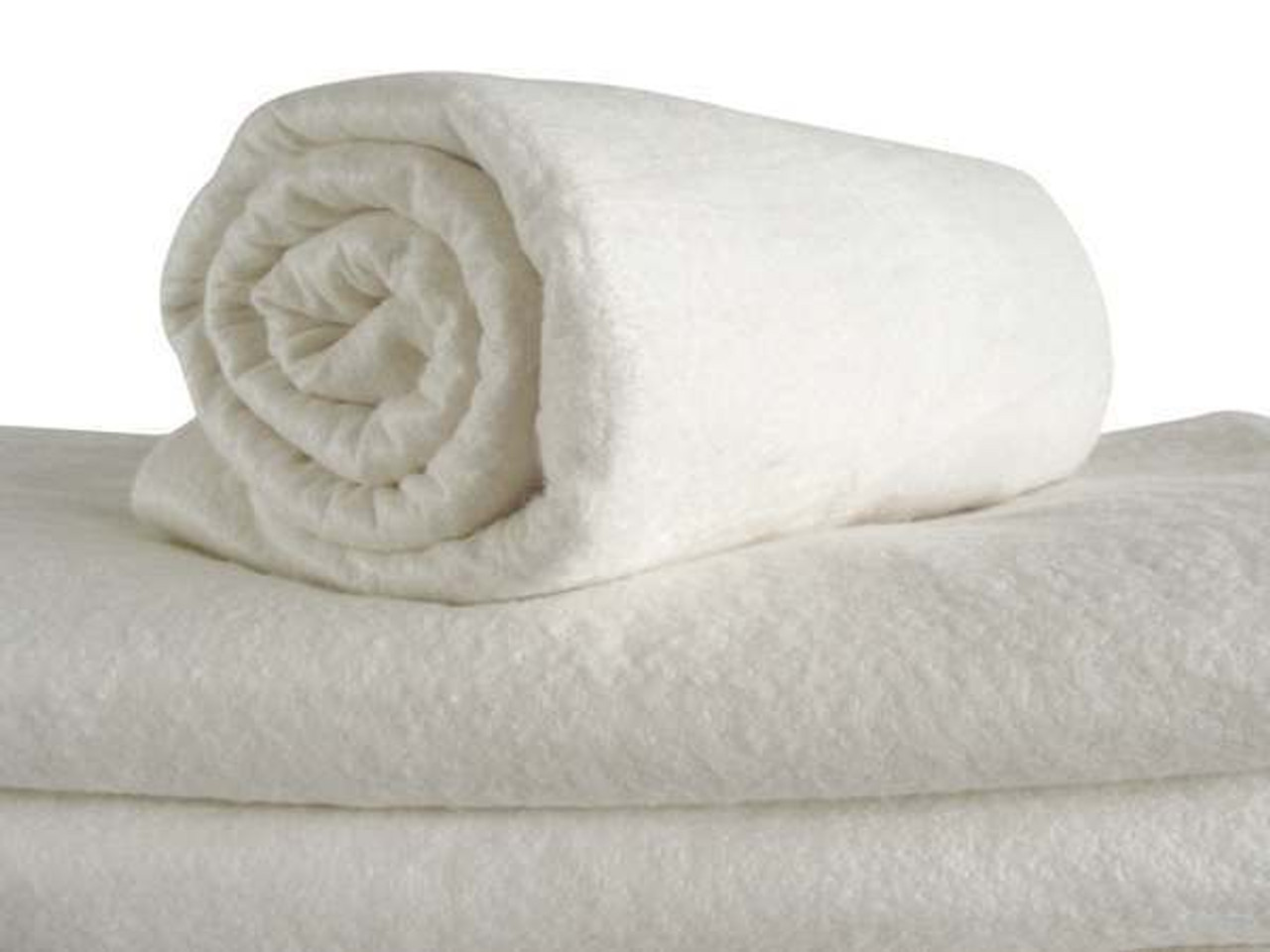
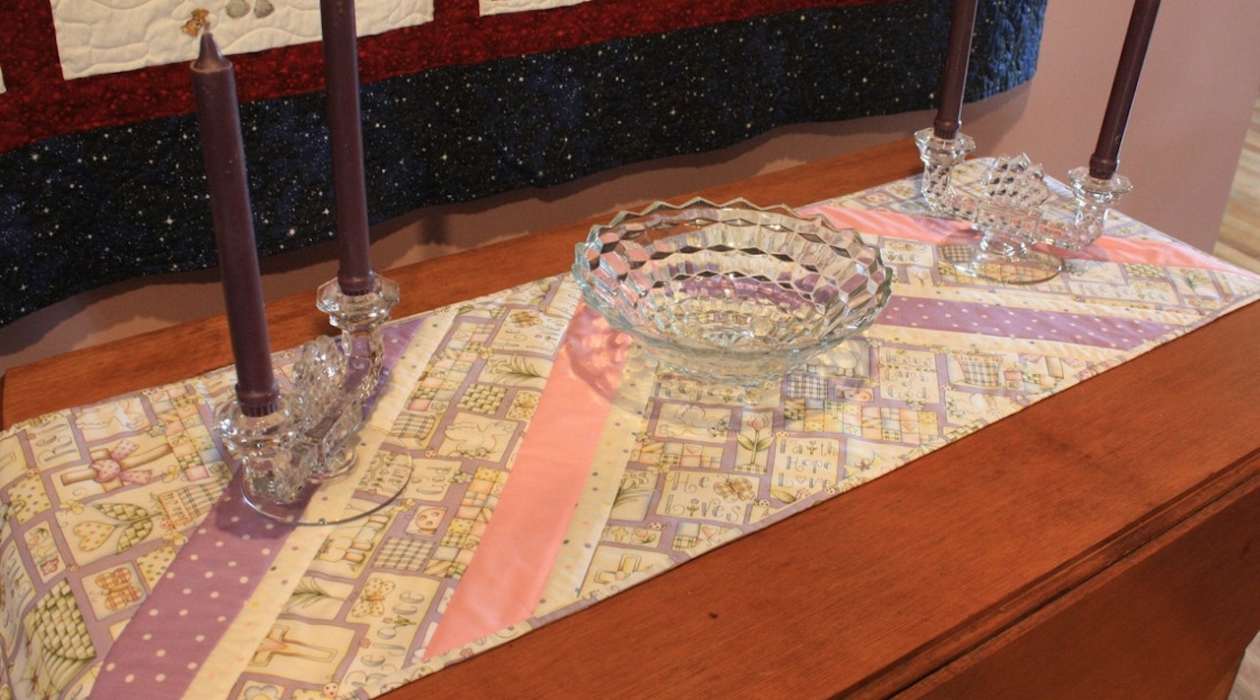
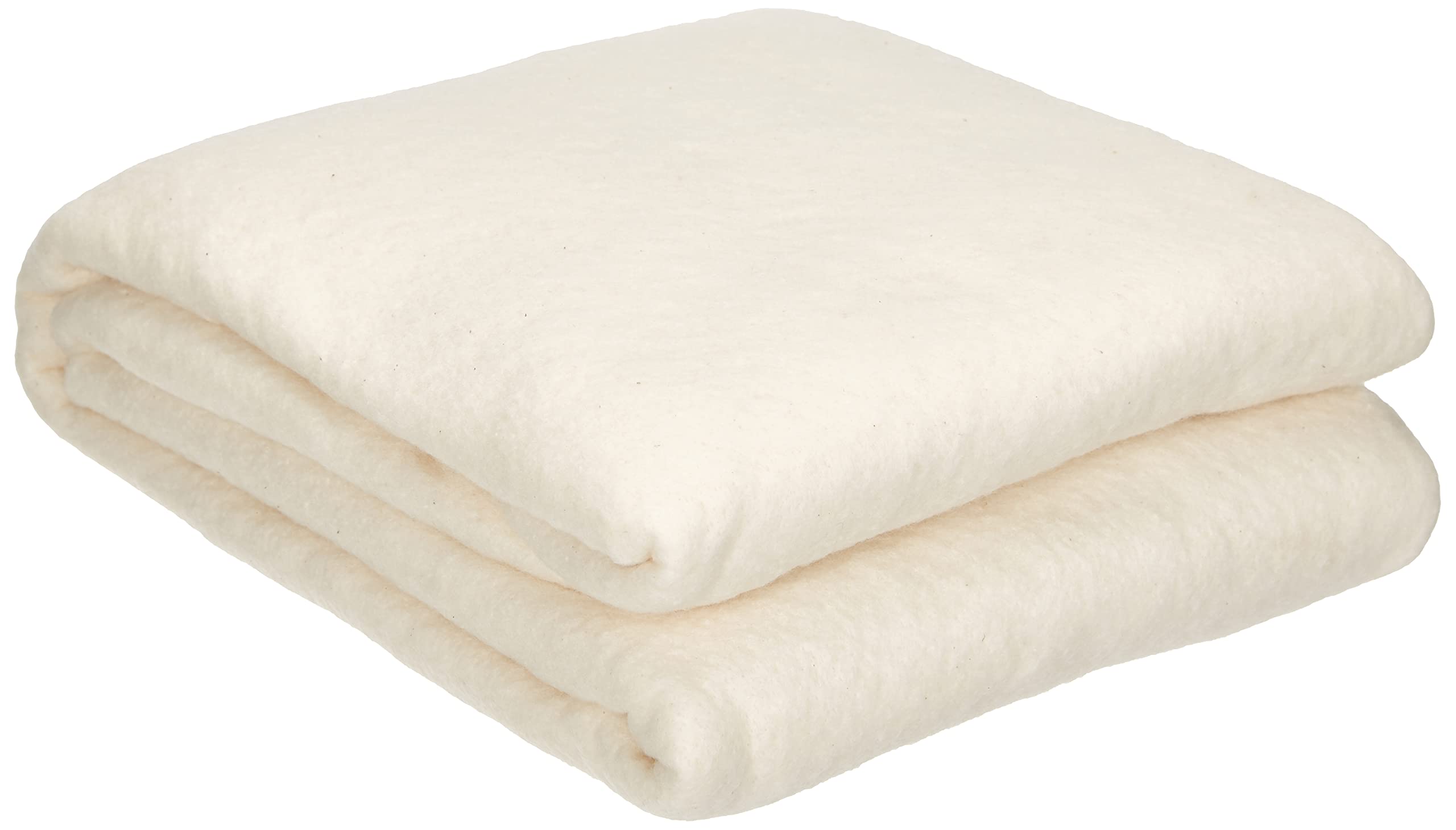
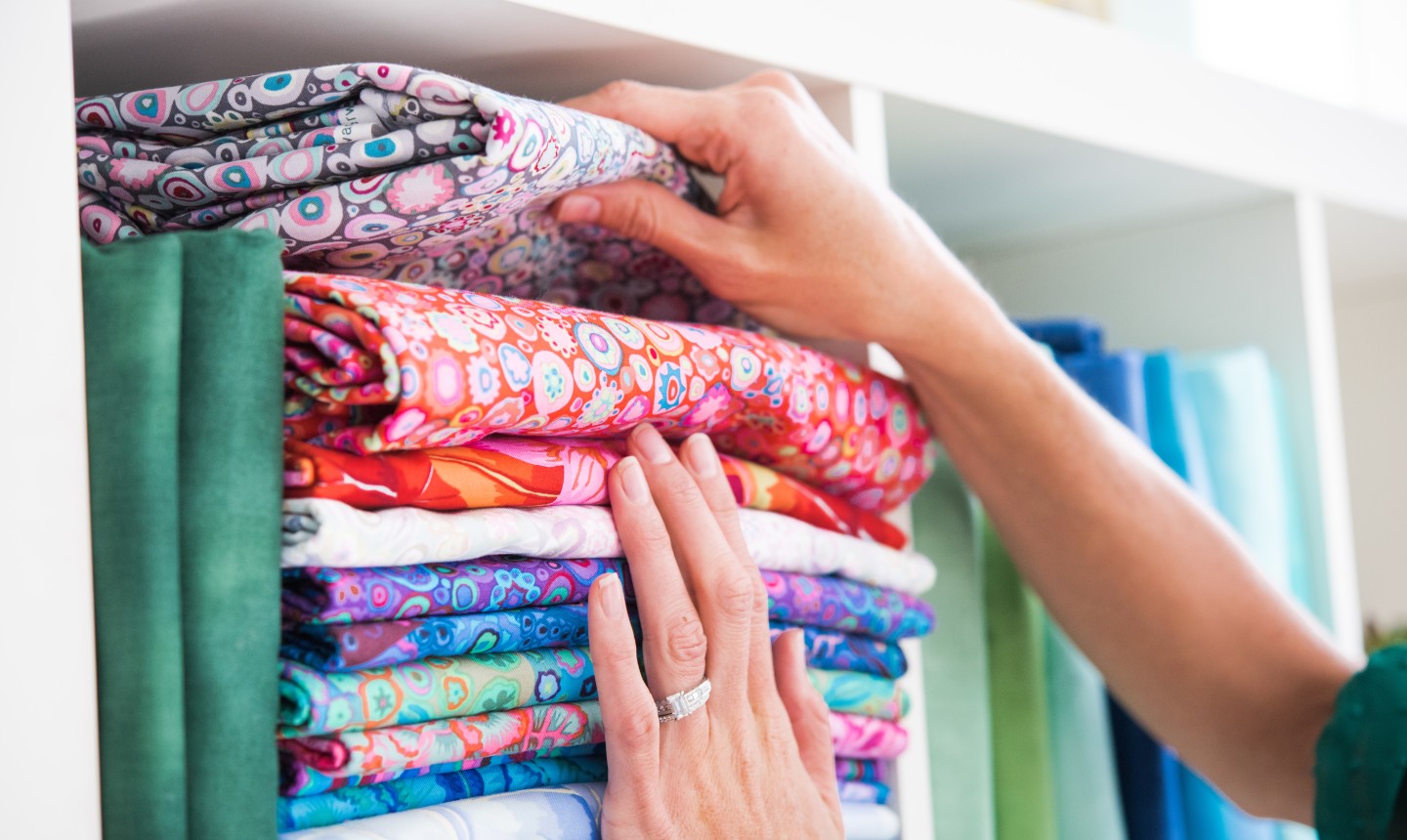
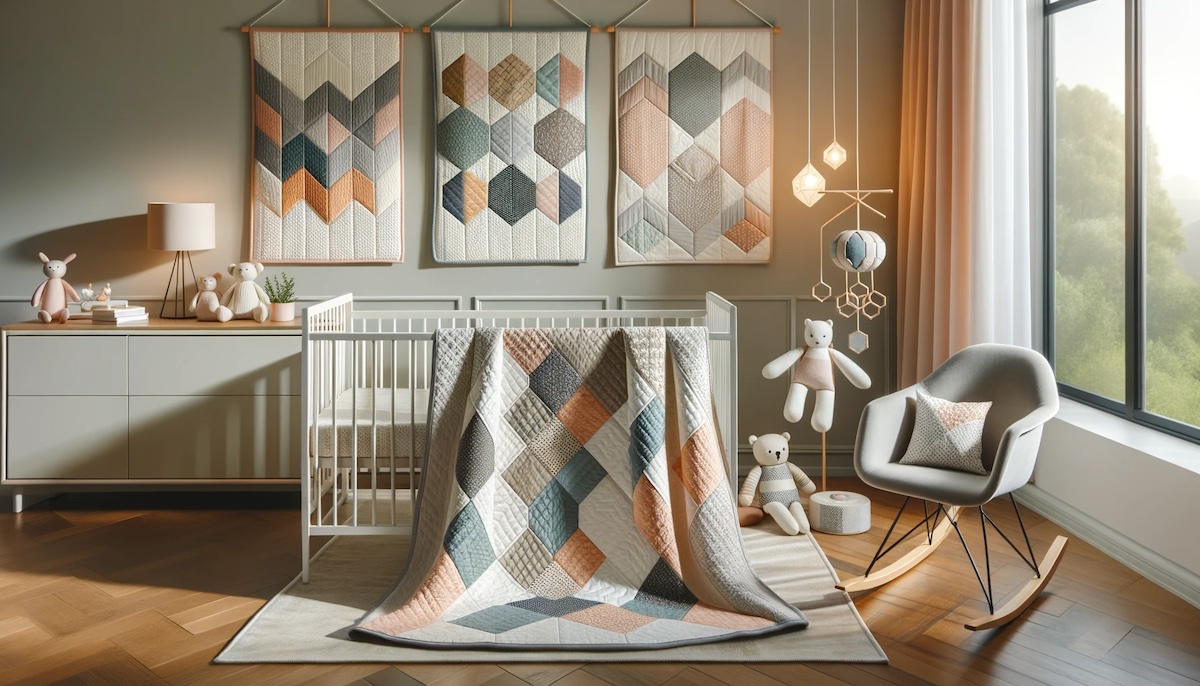

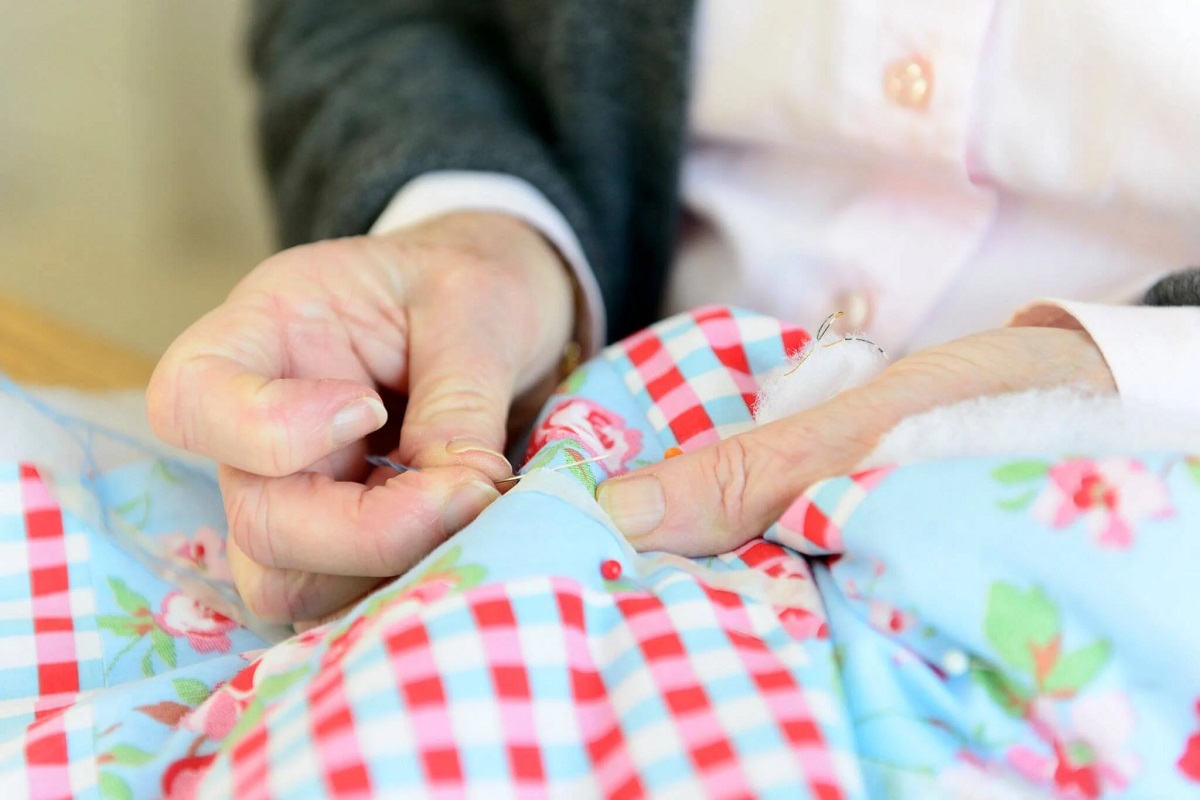
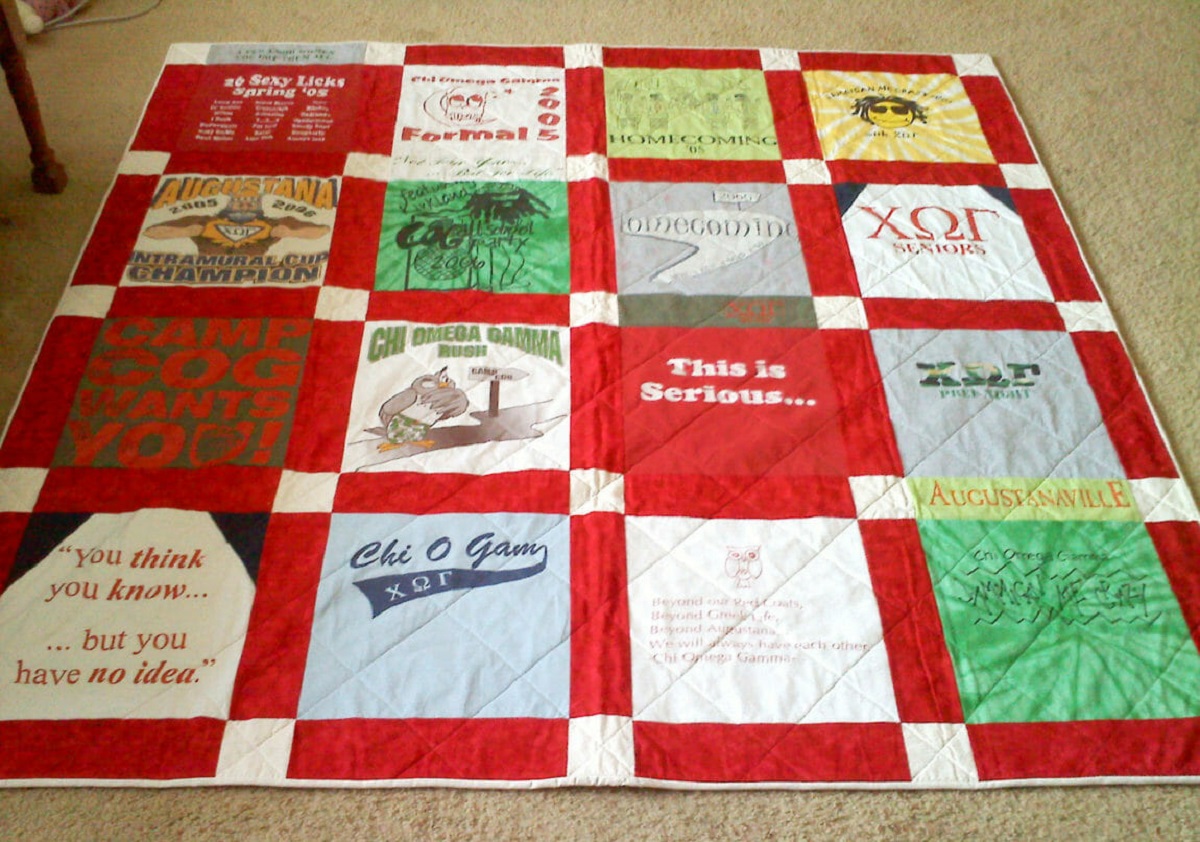
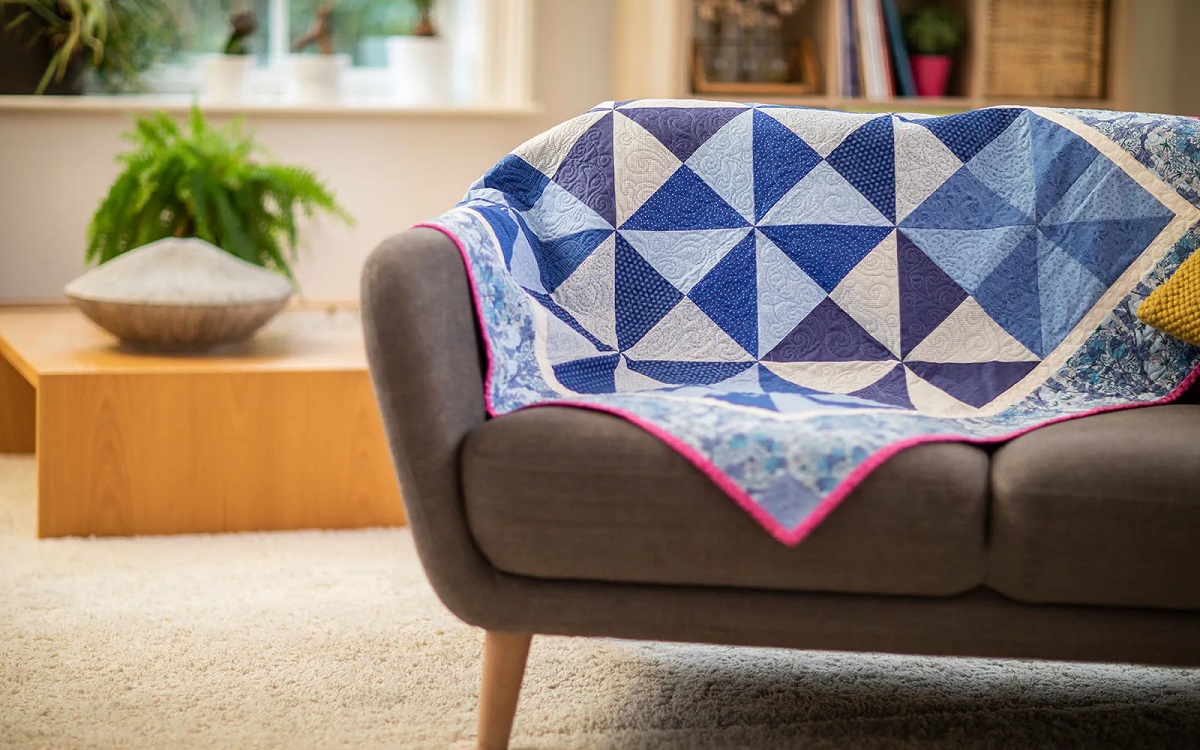
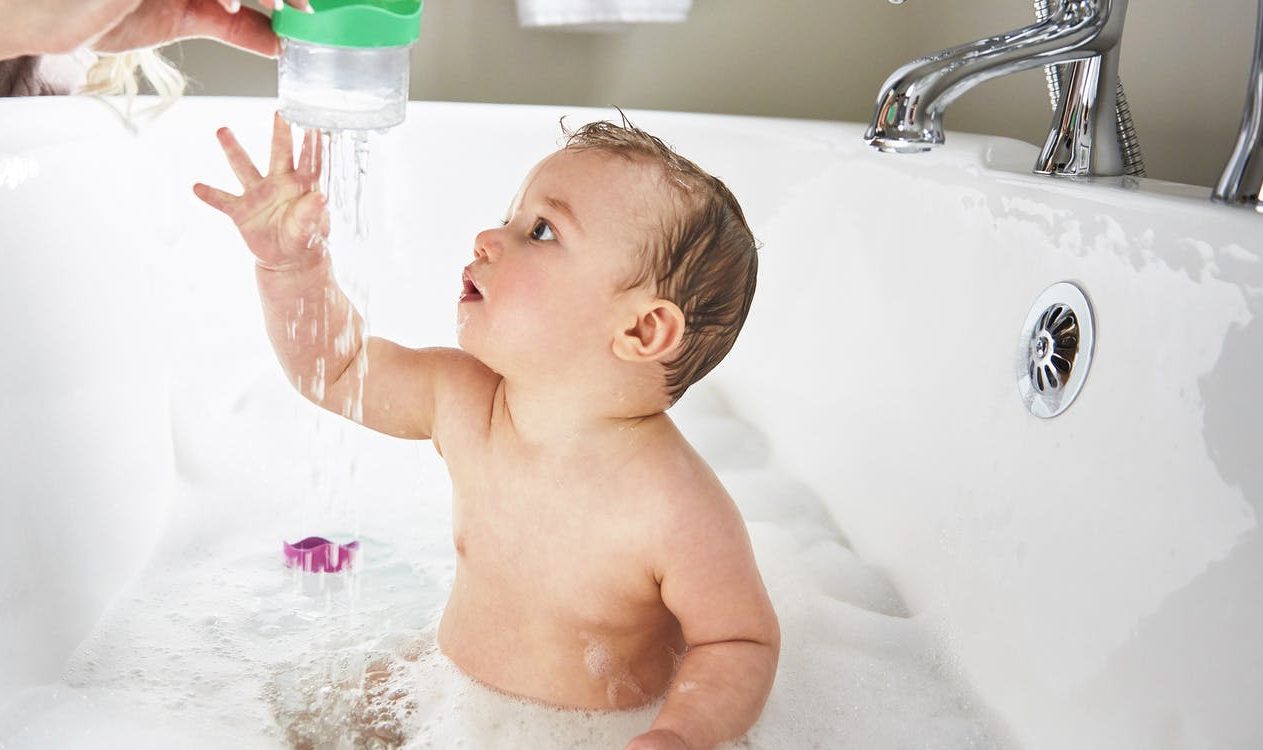

0 thoughts on “What Batting To Use For A Baby Quilt”